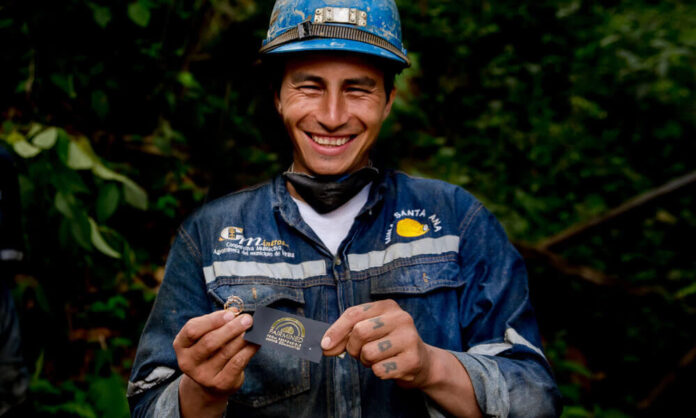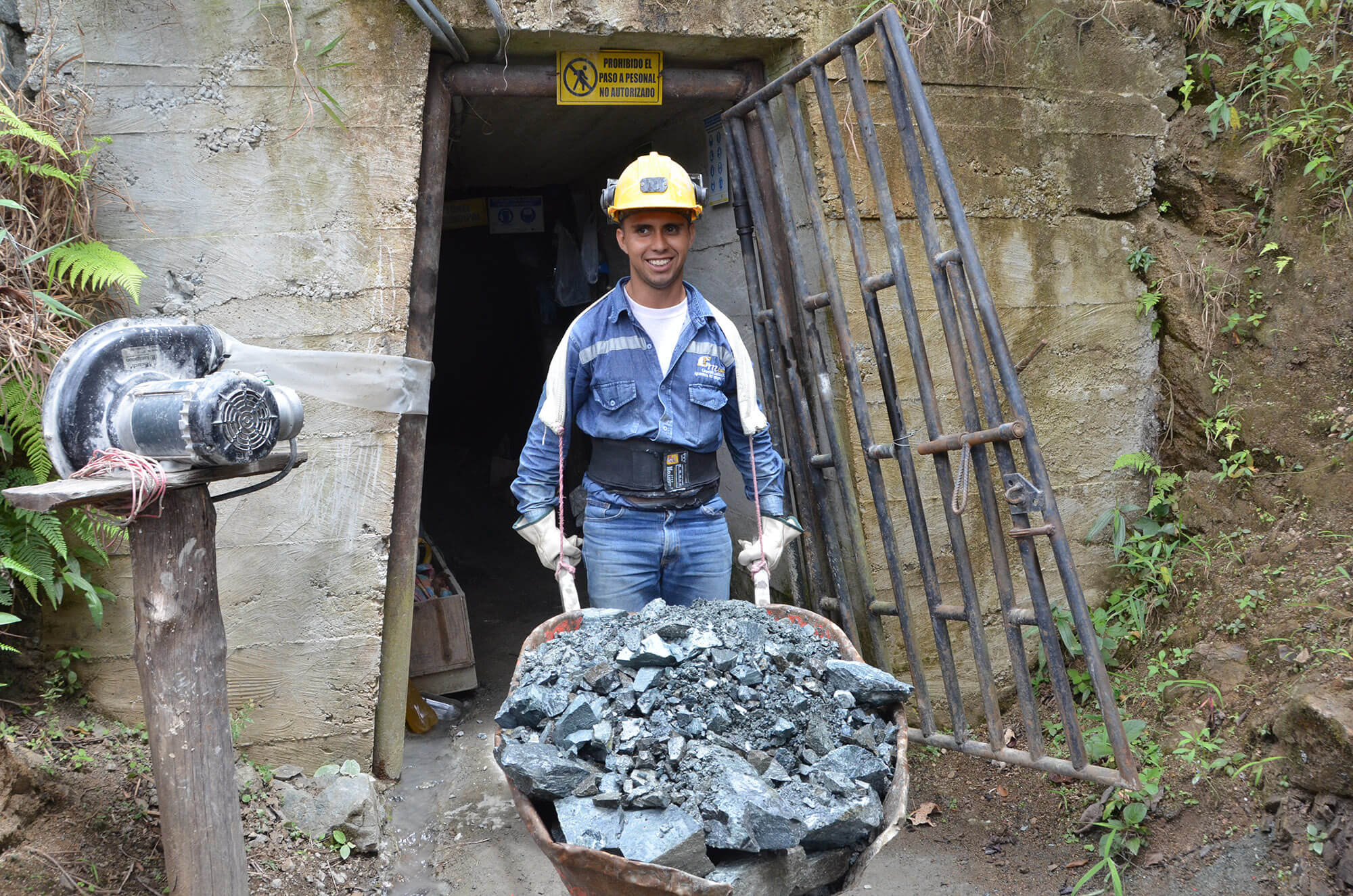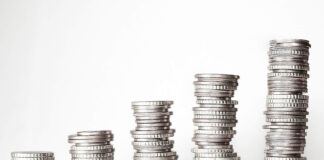
More than 20 million people in the world mine gold in ways that destroy their health and threaten their life, as well as devastating the environment. Small mines in poor regions of the world often use child labour and miners work without any health and safety measures in place. The Alliance for Responsible Mining, has a way to improve the operation of these mines as well as integrating them into the fair trade system – The Fairmined Standard.
In many regions of South America, South-East Asia, and Africa, gold mines are often the only source of peoples’ livelihood. Work there is, as a rule, performed manually and fatally hazardous chemicals, such as mercury, are used in the gold purification process. It is also often the case that these mines operate outside the official distribution market and sell the precious metal through criminal groups.
Approximately 85-90 per cent of gold globally comes from mines that abide by international standards, but the remaining 10-15 per cent is mined in smaller facilities that employ a total of around 10 million people.
“Improving working conditions and ensuring fair prices for artisanal and small-scale mining organizations is one of the most important challenges faced by all those within or connected to the gold mining industry” says Greg Prosser, CEO of Samlerhuset Group, which actively supports the Fairmined Standard and the Alliance for Responsible Mining.

Fair Price and a Bonus For Innovation
The Fairmined certificate is awarded to small, artisanal mining organisations which have adapted their operations to international standards and mine the precious metal in a manner which is responsible as well as being safe for people and the environment. The system gives miners a fair price for their work. It also encourages investment in social development thanks to an additional bonus for operating under the Fairmined standard. A mine’s certification is preceded by a one-and-a-half or two-year period of preparation and support from the Alliance, which provides the funds needed to implement changes.
A Win-Win Situation
What is the benefit for small mines that have been certified?
A fair price for gold mined by them, additional funds for the implementation of solutions, direct access to the international market and responsible distributors, as well as access to the exchange of knowledge and technologies. “We have decided to transform our mine and obtain the Fairmined Gold certificate because it brings financial, health-related, and environmental benefits. Generally, for everyone” says James Perez, from Cooperativa Multiactiva Agrominera de Iquira in Colombia. “With commitment, wisdom, and effort, it’s possible to run a small mine in a responsible way. We encourage other mining organisations to follow our lead. Responsible gold is possible” adds Francisco Ccama from the Peruvian mine Oro Puno.
What is the benefit for the mining industry?
Evidence that it supports fair practices and opposes the destruction of the environment. “We encourage other business entities to use Fairmined certified gold from small mines. By doing so, we all lead the way to ensuring working conditions in such places will gradually improve; and demonstrate that the gold market itself values responsible practices” says Greg Prosser.
What is the benefit for customers?
The certainty that the gold is mined in an environmentally friendly way and that the profits from it will support equality and the elimination of child labour, instead of falling into the hands of criminal groups.

The Nobel Peace Prize
Since 2014, the Golden Palm in Cannes has been made of Fairmined gold, and in 2015 the Mint of Norway (which belongs to Samlerhuset Group) minted the Nobel Peace Prize medal for the first time. Such events give publicity to the idea of Fairmined Gold and help to draw the world’s attention to the working conditions in gold mines.
More Than a Mine
So far, 8 mines in Colombia, Peru, and Mongolia have been Fairmined certified, with 20 more from South America, Africa, and Asia now adapting to obtain the certificate. The role of these mines, generally the largest employers in their regions, is not limited to mining gold and providing a livelihood for miners and their families – Fairmined Gold certified mines also actively help local communities.
The Peruvian mine Macdesa is a good example. When in July 2015, a fire destroyed about 90 per cent of the houses the town Centro Poblado menor Cuatro Horas, most of the inhabitants had to move to a nearby settlement. The mine provided helped those affected by the fire to move as well as obtain food, water, tents, electric lighting, and health services. Another Peruvian mine, San Luis SA (MARTSAL), pays regular salaries to local teachers and health care workers, makes donations for teaching aids and medical equipment, and supports electrification. The Mongolian mine Shijir Khishig, on the other hand, supports women’s empowerment, provides homes for homeless families, builds fencing for shepherds to provide protection against avalanches, and plants trees.
Fair Trade
Fairmined Gold is a mark associated with the Fair Trade movement, working with about 3,000 organisations in over 70 countries. The Fair Trade ethos came into being in the United States in 1946 when the organisation Ten Thousand Villages began to buy artistic handicrafts from Puerto Rico and then developed a broader collaboration with the poor communities of the southern hemisphere.
For more information, visit the organisations website.
This 5-minute clip on YouTube shows you more about the project.
On the Samlerhuset Group website you can find more information the Mint of Norway and the company’s approach at social responsibility.
Read here about The Perth Mints trueGold initiative that aims for ethical gold with the help of blockchain technology.
Simon Bytheway recently thought about gold in James Bond movies.






